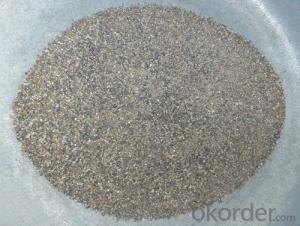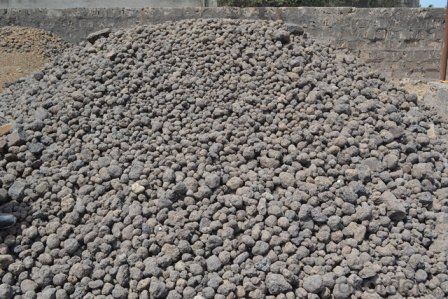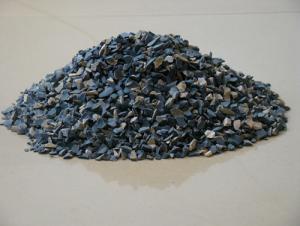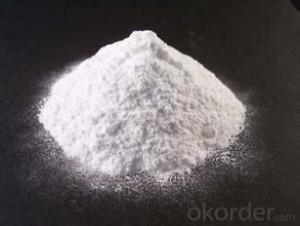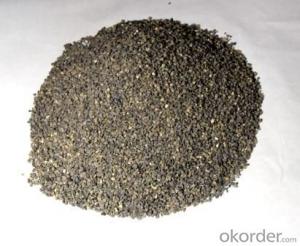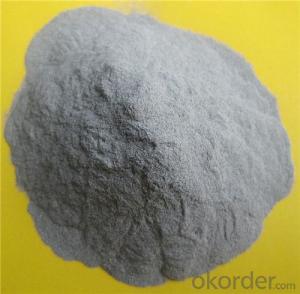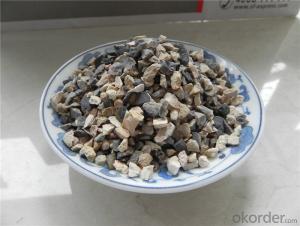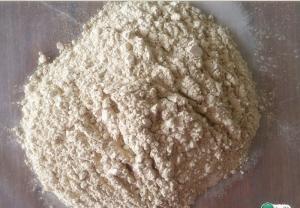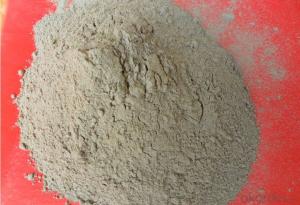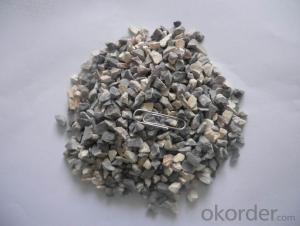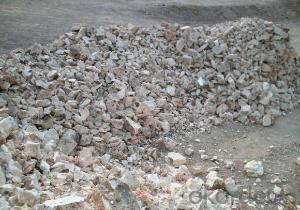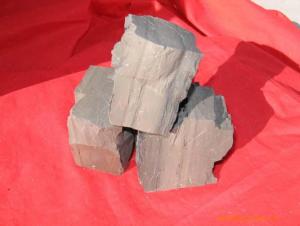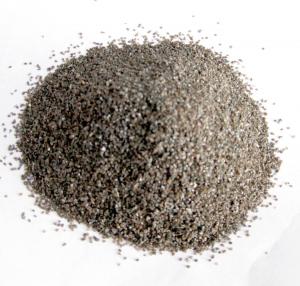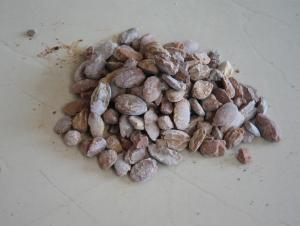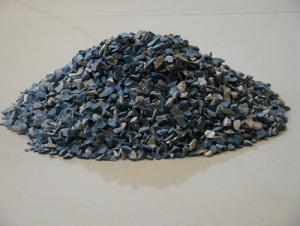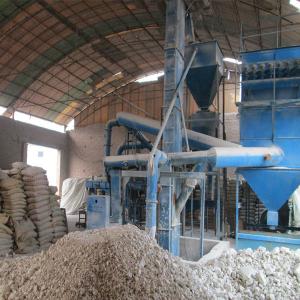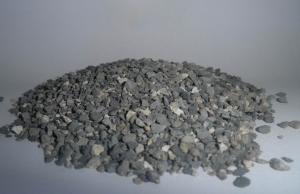Raw Materials for Refractory:86% Alumina 200 Mesh Calcined Bauxite with Low Price
- Loading Port:
- Tianjin
- Payment Terms:
- TT OR LC
- Min Order Qty:
- 25 m.t.
- Supply Capability:
- 30000 m.t./month
OKorder Service Pledge
OKorder Financial Service
You Might Also Like
86% Alumina 200 Mesh Calcined Bauxite with Low Price
Specifications
1,Manufacturer-Direct sale
2,Good fireproof insulation
3,High bulk density
Our Advantages;
1. We have substantial experience for material manufacture and export.
2. We establish a long-term relation of cooperation with raw material supplier, so we can offer you the best quality and price.
3. We have equipped 8 production lines and skilled workers to make the quality best.
4. We can control strictly quality at factory and third party testing institutions quality inspection.
5. We can also offer you the related test report, both at factory and the third party testing institutions.
6. We have sufficient manufacturing capability to deliver the goods safely and timely.
7. We can pack in 25kg bags, 1mt big bags, 1.25mt big bags or as your request. We can also pack with pallet.
8. We have professional service team keep customers informed from delivery to discharge.
Product Description:
Bauxite, alumina or bauxite miner , main ingredients are aluminum oxide, hydrate alumina containing impurities,
is an earthy mineral.White or grey, brown yellow or light red by iron.From 4 to 3.9 g/cm3 density, hardness, 1 ~ 3, opaque, very brittle.
Very difficult to melt.Insoluble in water, soluble in sulfuric acid, sodium hydroxide solution.Mainly used for aluminium, refractory material.
Calcined Bauxite Grade:
Shaft Kiln Bauxite
Rotarty Kiln Bauxite
Round Kiln Bauxite
Packaging & Delivery
Packaging Details: In bulk or in 1-1.25mr bag
Product Pictures:
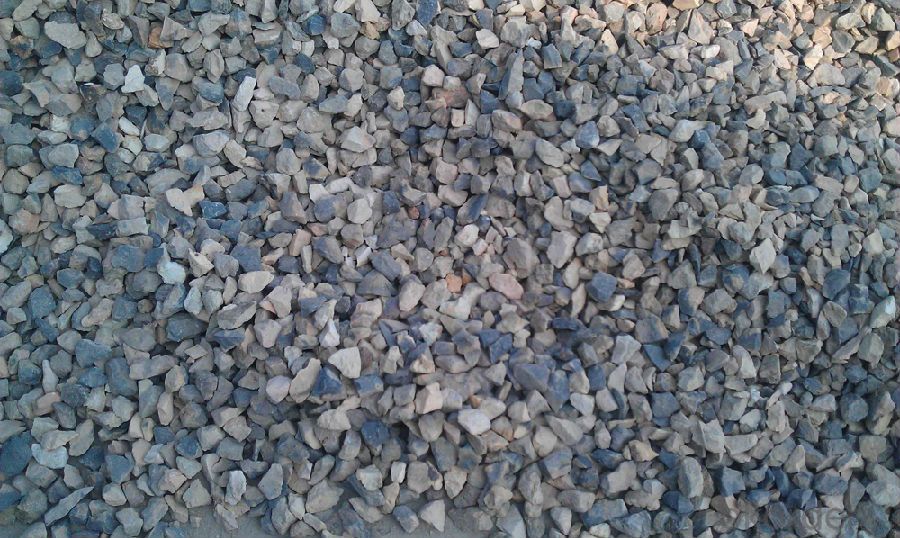
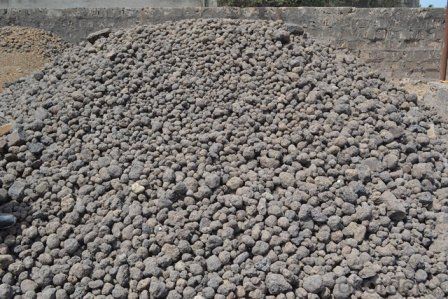
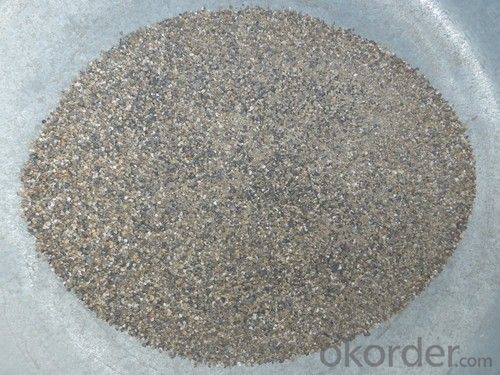
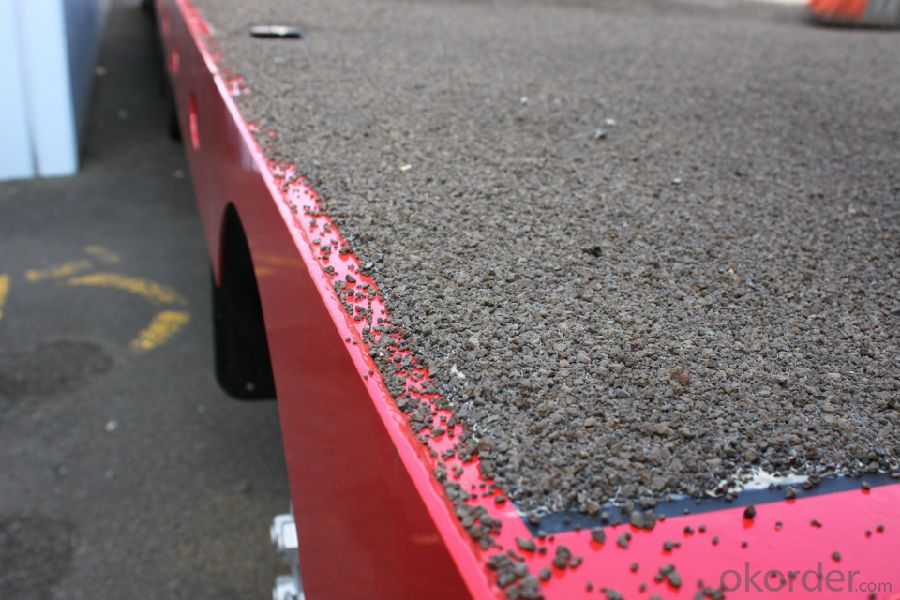
Our Service:
1. Your inquiry related to our products or prices will be replied in 24hours.
2. Manufacturer with large capacity, ensure the fast production cycle after confirmed the order.
3. Our professional technicians will answer your entire enquiry in patient.
4. To meet the refractory solutions, we can serve as your instructions.
5. Protection of sales area and private information for our entire customer.
If you’ve kind enquiries, please don’t hesitate to let us know. ^_^
- Q: What is the importance of silicon powder in refractory processing?
- it can certainly improve the fire resistance
- Q: Application of refractory materials in petroleum industry
- For example, natural gas transportation, chemicals, equipment, fillers, safety, insulation, and even building materials for housing are available.
- Q: Urgent question: could you tell me that the export of refractory materials to Vietnam is to be packed in wooden cases and smoked?
- See which port, if it is from the border (Pingxiang, Dongxing port), will not be needed.
- Q: About the market issues of thermal insulation material and refractory material.
- After all, most people have the characteristics of being accustomed with something and it will not change easily ; second, the South has few material manufacturer, but in the Northeast, there are thermal insulating and refractory material manufacturers, which is in shortage, however, but irt is in the minority, and in many areas it is not suitable for exploitation of mineral (due to heavy industry and agriculture land and other reasons). I hope that my answer will help you. first, in the Northeast, the refractory material is not very rich, but the thermal insulating and refractory material demand is very large; third; fourth, which material is used more relived, after all, we should take the transportation costs into account, and it will depend on the kilns construction engineers being willing to use which kind of material, and the thermal insulation material procurement in northeastern region is mostly from the north.
- Q: who knows the uses of refratories?
- Physical properties of refractories include structural properties, thermal properties, mechanical properties, usability and operation. structural properties of refractories include porosity, bulk density, water absorption, air permeability, pore size distribution. Refractory thermal properties include thermal conductivity, thermal expansion coefficiency, specific heat, heat capacity, thermal diffusivity, thermal emissivity. Mechanical properties of refractories include compression strength, tensile strength, anti bending strength, torsional strength, shear strength, impact strength, abrasion resistance, creep property, adhesive strength, modulus of elasticity. Refractories are used in various fields of steel, nonferrous metals, glass, cement, ceramics, petrochemical, machinery, boilers, light industry, power, military and other fields of national economy. They are essential materials that ensures the production run and technological development of the above industries, and play an important role in promoting the developemnt of high temperature industrial production. the usability of refractories include refractoriness, softening temperature under a fixed load, linear?change?on?reheating,thermal shock resistant performance,slag resistance, acid resistance, alkali resistance, hydration resistance, carbon monoxide resistance, conductivity, oxidation resistance.
- Q: How should refractory cement be used?
- Insulation fire mortar: It is used as a protective refractory layer in the kiln head burner, as a refractory material in some parts of preheater, and it is generally constructed by grouting. b: Insulation fire mortar: It is used to repair the deformed plane of the kiln shell, or for thermal insulation of the roof in the cooler. Refractory mortar: It is also known as thermosetting fire mortar, mainly used in brick masonary. When using, we must add the glassy water to stir. (silicic acid sodium, water, NaSiO3, H2O).
- Q: Is the linear change on reheating the same as heating permanent linear change of refractory material?
- “+”represents expansion. the afterexpansion and aftercontraction after cooled to be at room temperature. The change may significantly damage the masonry of thermal kiln. There are regulations on the linear change on reheating of common refractory material in the national standard. Some physical chemical changes may continue. It is defined as the change from being heated to the specified temperature of refractory material sample. Heat preserving for a while till afte cooling to be at room temperature, then the residual will expand or contract in its length, heat preservation for a while, organization vitrification, the irreversible changes of its length refers to heating the firing refractory to be at high temperature, so as to make the volume of refractory materials expand or contract, due to the influence of uneven temperature or lack of time, otherwise it will cause the deformation of the refractory ball and make this indicator within standard even reach smaller value, so firing control must be strengthened in product production. But it is should not be too high. For refractory materials with same chemical composition, the linear change on reheating is produced in the heating process. Properly increasing sintering temperature and prolonging the holding time is an effective process measures, make its firing inadequate. When subjected to high temperature, it can reduce the thermal shock resistance. Minus sign "-" represents contraction. The permanent line rate refers to heating the fire refractory ball to the specified temperature. Linear change on reheating, also known as residual linear change, is an important indicator to assess the quality of refractory in the long time use. To control the permanent line rate within the standard or reach the minimum value.
- Q: How is refractory material made?
- It is made from yellow mud and water.
- Q: Is aluminium oxide refractory material?
- Yes. It has high melting and boiling point, stable chemical?property. All refractory material almost contains aluminium oxide. Refractory materials have a large range and need specific requirements. Refractory material is divided into sizing refractory material, shapeless refractory material, ceramic fiber, refractory bricks and castable refractory. It can be subdivided according to temperature rating. Hope it is helpful to you.
- Q: What is the mechanism of the errosion of the iron to the refractories?
- For example, the effect of the iron oxide: Mo corundum given temperature Fe2O3 solid solubility limit of the solid solution formed of corundum stone high solubility than the solid solution Mo Mo corundum lattice shape so Fe2O3Al2O3-SiO2-based material starts melting temperature of the system or the content of Al2O3 and Al2O3 / SiO2 ratio off Al2O3 / SiO2 & lt; 2.55 starting melting temperature of 1380 ℃ when Al2O3 / SiO2 & gt; 2.55 start melting temperature is increased 1460 ℃ and with its Al2O3 content increased gradually to increase the original atmosphere Fe2O3 original FeO off the solvent into the glass phase and the system starts melting temperature drops do not fall to 1240 ℃ 1380 ℃. Lower the melting point, increase the erosion, and reduce the life span.
Send your message to us
Raw Materials for Refractory:86% Alumina 200 Mesh Calcined Bauxite with Low Price
- Loading Port:
- Tianjin
- Payment Terms:
- TT OR LC
- Min Order Qty:
- 25 m.t.
- Supply Capability:
- 30000 m.t./month
OKorder Service Pledge
OKorder Financial Service
Similar products
Hot products
Hot Searches
Related keywords
